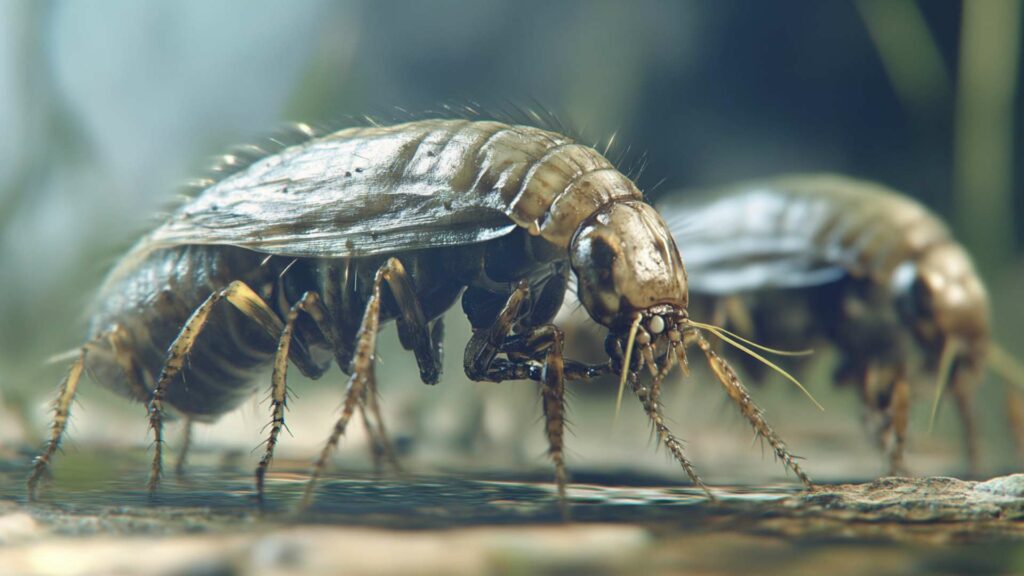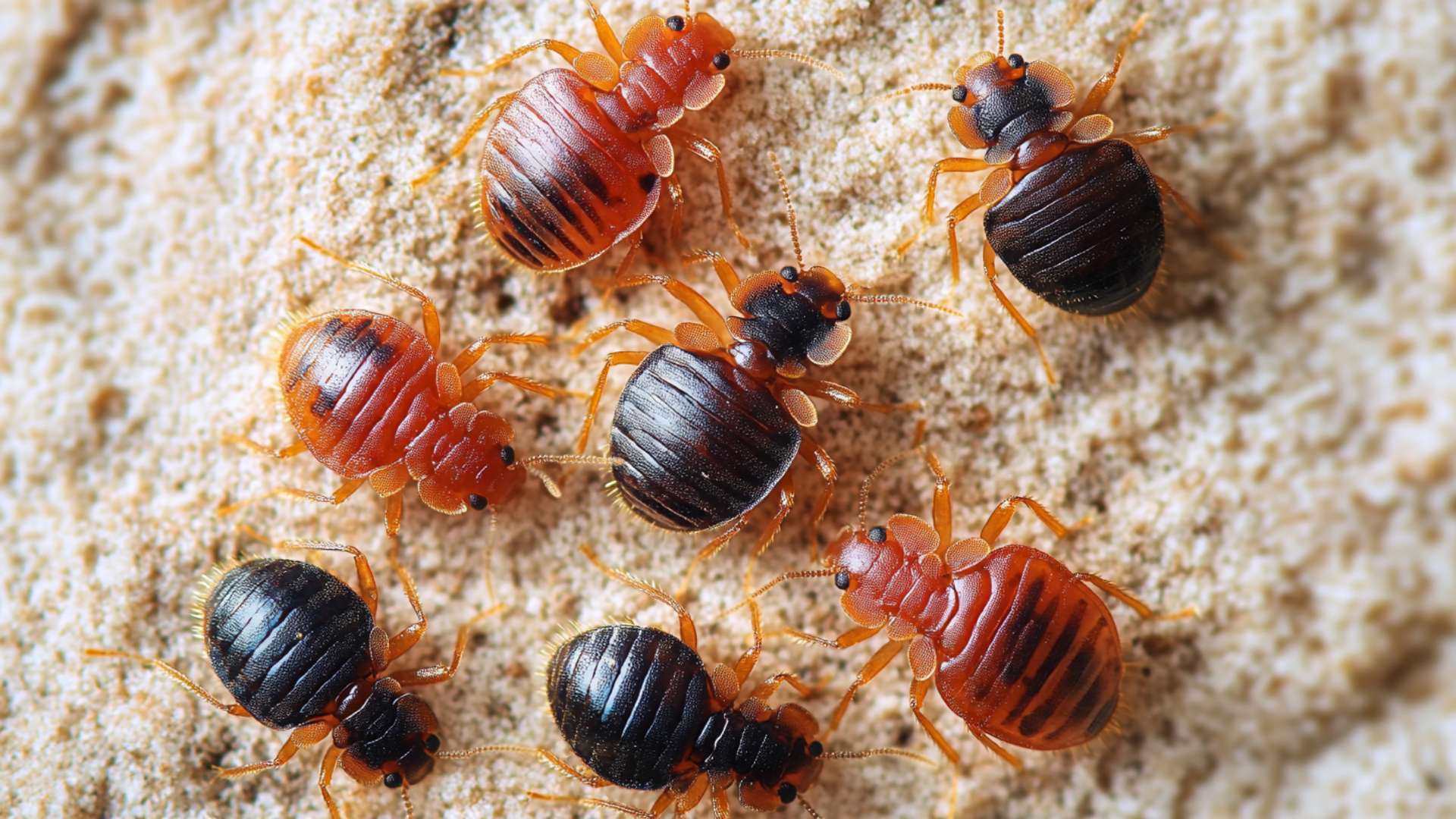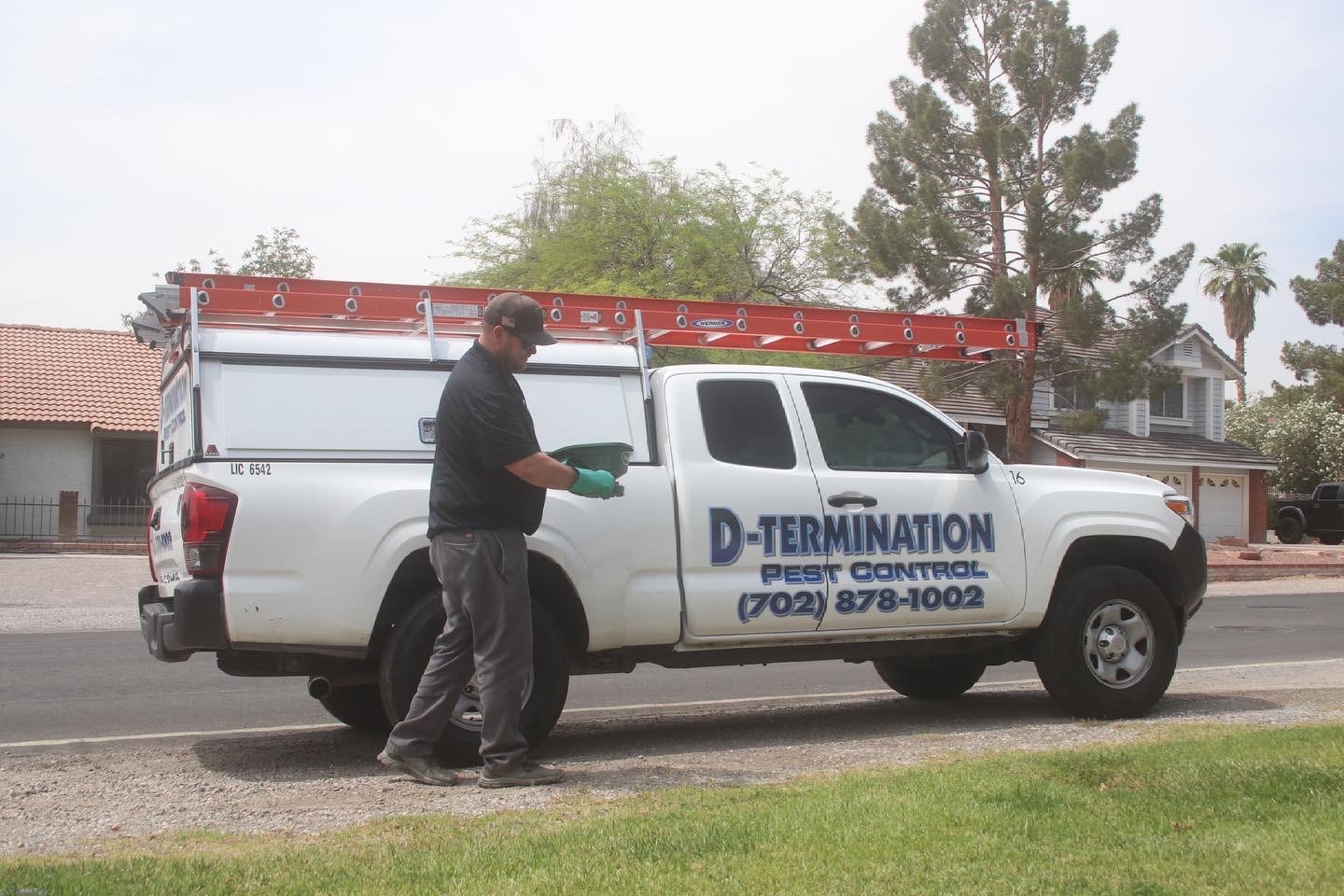A Miniature Nightmare: Understanding the Plague of Bed Bugs in Your Beloved Furniture
Ah, furniture – the cherished pieces that bring comfort and style to our homes. But what if I told you that amidst the cozy cushions and elegant woodwork, a tiny menace lurks? Yes, bed bugs have become a pervasive problem, infesting even our treasured pieces of furnishing.
These blood-sucking pests have made their way into our lives, seeking refuge in the very spots where we seek solace. When it comes to bed bugs in furniture, it’s essential to be well-informed about their insidious nature.
These nocturnal creatures are adept at hitchhiking their way into our homes through various means like used furniture or luggage brought from infested areas. Once nestled within your beloved armchairs or stately dining tables, they multiply rapidly, creating a full-blown infestation within weeks.
If you’re looking on how to check for bed bugs you came to the right place.
Protect Your Peace of Mind: Worried about bed bugs? Our article on unmasking the elusive provides an in-depth look at bed bug signs and detection methods. Take control of your home today!
An Early Battle: Why Detecting and Eliminating Bed Bugs is Crucial

Now that we’ve established how these bothersome critters find their way into our treasured furniture, let’s address why early detection is crucial. You see, bed bug infestations are not merely an annoyance; they can pose significant health risks as well.
While these pests do not transmit diseases directly like mosquitoes or fleas do, their presence can lead to severe allergic reactions in some individuals. Moreover, detecting bed bugs early can save you from potential financial burdens.
If left unchecked and allowed to spread throughout your home, eradication becomes exponentially more challenging and costly. Imagine having to replace entire bedroom sets or discard valuable antique pieces due to an uncontrollable infestation!
So now that we understand the gravity of this miniature nightmare hidden within the crevices of our beloved furniture, let us dive into the world of bed bug detection. Armed with knowledge and a keen eye, we shall embark on a quest to uncover these elusive creatures before they wreak havoc upon our lives.
Stay tuned for the next sections, where we will explore the signs of bed bug infestation, how to find bed bugs in furniture and learn how to inspect different types of furniture for these unwanted guests. Remember, my dear readers, knowledge is power in this battle against the notorious bed bugs!
Signs of Bed Bug Infestation in Furniture
Visual Cues: Uninvited Guests
When it comes to detecting bed bugs in furniture, you need to keep a keen eye out for these tiny troublemakers. The first visual cue is, of course, the bed bugs themselves. These nocturnal pests are reddish-brown and about the size of an apple seed.
While they are quite small, their presence can be unmistakable. Look closely for any live bed bugs or dead bed bugs crawling around or hiding in the crevices of your furniture.
Don’t forget to inspect secondhand items carefully as they may come with some unwanted hitchhikers. Additionally, keep an eye out for other signs that these critters have made themselves at home.
Check for their eggs, which are tiny and pearly white, or their shed skins—evidence that they have grown and moved on to bigger and better hiding spots in your furniture. Remember, finding one bed bug is often a sign that there are more lurking nearby!
Dark Spots: Telltale Stains
Another indication of a bed bug infestation in your furniture is the presence of dark spots or stains on fabric or wood surfaces. These stains aren’t just random blemishes; they are excrement left behind by these unwelcome intruders.
Bed bugs feed on blood, leaving behind trails of dark fecal matter as evidence of their nocturnal feasts. To identify these telltale spots, check along seams and edges where bed bugs tend to hide during the day.
You may also find dark spots on flat surfaces if the infestation is severe enough. Keep in mind that fresh stains will appear darker than older ones which may have faded over time.
Musty Odor: A Distinctive Stench
If you detect a musty odor emanating from your furniture, it could be a sign of a bed bug problem. Bed bugs release pheromones, and their presence can result in a distinct smell that some describe as sweet and sickening at the same time. The odor is typically more noticeable in heavily infested areas or enclosed spaces like closets or drawers.
To check for this musty scent, get close to your furniture, especially the mattress or upholstered pieces. Give it a sniff (but try not to gag!) and trust your nose to guide you.
If you notice an unusual smell that doesn’t seem to come from any nearby source, it may be time to investigate further for possible signs of bed bugs or bug infestation. Remember that identifying these signs alone may not confirm the presence of bed bugs definitively.
It’s essential to inspect any secondhand furniture and items thoroughly before bringing them into your home, especially if they have any tiny spaces where these critters can hide. If you suspect a bed bug problem, consider seeking assistance from a reputable pest control company who can ensure effective treatment methods and help you avoid future encounters with these unwanted guests.
Inspecting Upholstered Furniture for Bed Bugs
Unveiling the Hidden Intruders: Removal of Cushions and Thorough Examination Using a Flashlight
When it comes to detecting bed bugs lurking in upholstered furniture, the first step is to uncover their secretive presence. Begin by removing the cushions from sofas, chairs, or any other upholstered piece of furniture you suspect might be infested furniture bed bugs.
This allows you to have a clearer view of any unwanted guests that may have made themselves at home amidst the plush comfort. With cushions removed, grab your trusty flashlight and shed light upon every nook and cranny of the furniture’s frame and upholstery.
Be meticulous in your examination; leave no corner unilluminated. Bed bugs are masters of hiding, seeking refuge in tight spaces that often go unnoticed by our naked eye.
Finding Clues Sown Within the Seams, Folds, and Crevices
Once you’ve removed the cushions and illuminated the area with your flashlight’s guiding beam, it’s time to get up close and personal with those seams, folds mattress seams, and crevices. These are prime real estate for bed bugs seeking shelter during their daily retreats from feeding on unsuspecting sleepers.
Inspect every seam meticulously using both your eyes and fingers. Pay attention to any irregularities or discolorations that could indicate bed bug activity.
Bed bug excrement can appear as dark spots on fabric or even as small black streaks on wooden bed frames when near infested areas. Shed skins left behind during their molting stages may also be visible in these hidden corners.
Spotting Tiny Terrors: Utilizing a Magnifying Glass for Detail-Oriented Detection
To truly master the art of finding bed bugs within upholstered furniture, employing a magnifying glass can prove invaluable. This handy tool allows you to magnify the inspection area, bringing even the tiniest details into focus.
With its assistance, you can identify minute bed bug eggs or nymphs, which are difficult to spot with the naked eye alone. Carefully scan each seam, fold, and crevice using your magnifying glass.
Look for any signs of adult bed bugs or eggs—pearlescent and roughly the size of a pinhead—attached to fabric fibers or hidden within crevices. Alongside these eggs, watch out for small translucent nymphs that may be present in their early stages of development.
By utilizing this magnifying marvel, you’ll enhance your chances of spotting these elusive creatures and taking swift action. So there you have it—a comprehensive guide on how to inspect upholstered furniture for those bothersome bed bugs.
Remember always to be thorough in your examination, as finding these hitchhikers early on will save you from potential sleepless nights and exasperating infestations. Stay tuned for our next section where we’ll reveal secrets about examining wooden furniture for bed bugs!
Examining Wooden Furniture for Bed Bugs
Inspecting Joints, Cracks, and Crevices with the Help of a Flashlight
Wooden furniture can be an attractive hiding place for those pesky bed bugs. To detect bed bugs hide in their presence, you’ll need to conduct a thorough inspection.
Start by equipping yourself with a trusty flashlight and direct its beam towards the furniture joints. These areas are particularly appealing to bed bugs as they provide easy access and protection.
Carefully examine the corners where different pieces of wood meet, as well as any visible cracks or crevices. Remember, bed bugs are experts at finding snug hiding spots, so don’t underestimate their ability to squeeze into small spaces.
Paying Attention to Screw Holes and Any Loose Parts that May Harbor Bed Bugs
As you continue your quest for uncovering these unwanted guests, pay special attention to screw holes or any loose parts in wooden furniture. These are ideal places for bed bugs to lay their eggs or seek refuge during the day when they are not actively feeding on blood. Using your flashlight, inspect each screw hole meticulously, keeping an eye out for any signs of either bed bugs shed or bug activity such as live insects or tiny reddish-brown stains that resemble dried blood.
Using a Credit Card or Similar Tool to Scrape Along the Surface for Hidden Insects
Sometimes bed bugs can be cunningly concealed beneath the surface of wooden furniture. To find bed bugs and reveal their presence, grab a credit card or any other thin object and gently scrape it along the surface of the furniture.
This technique helps dislodge any hidden insects that may lurk within cracks and crevices where visual inspection alone might not be enough. Be cautious while performing this step not to damage the furniture’s finish—your goal is simply to force out those hidden pests so you can take appropriate action to eliminate them.
Remember, finding bed bug feces and bugs in wooden furniture is just one part of the battle. Once you’ve detected a bed bug infestation, it’s crucial to take immediate steps to get rid of these persistent pests.
Consult professional pest control services or follow comprehensive guides available online to ensure the effective eradication of bed bug bites. By diligently inspecting your furniture and staying vigilant, you can protect yourself and your home from the discomfort and frustration that come with a bed bug invasion.
Searching Mattresses and Box Springs for Bed Bugs

Removing bedding and inspecting all corners, seams, and tufts thoroughly using a bright light source
When it comes to finding bed bugs in mattresses and box springs, a thorough inspection is crucial. Start by removing all bedding, including sheets, pillowcases, and mattress covers. With the help of a bright light source like a flashlight, carefully examine every corner, seam, and tuft of the mattress.
Bed bugs are excellent at hiding in small crevices or folds of bed sheets, so pay close attention to these areas. Take your time to inspect every inch of the mattress with meticulous detail.
Looking for rust-colored stains caused by crushed bed bugs or their fecal matter on mattress covers
One telltale sign of bed bug activity is the presence of rust-colored stains on the mattress covers. These stains are usually caused by crushed bed bugs or their fecal matter. Use latex gloves to treat bed bugs to protect your hands from any potential contact with the pests or their excreta.
Carefully examine both sides of the mattress cover for any signs of these stains. If you spot any suspicious marks that resemble tiny grains or dark spots resembling ink blots on paper towels – they could indicate a bed bug problem.
Using a mattress encasement to prevent future infestations

To protect your mattress and box spring from future infestations and provide peace of mind, consider investing in a high-quality mattress encasement specifically designed to keep bed bugs out. A good encasement will fully enclose your entire mattress, including box springs if applicable. It should be made of sturdy material that is impenetrable by bed bugs while still allowing air circulation for comfort.
Additional Techniques for Detecting Bed Bugs in Furniture
Employing interception devices like sticky traps under furniture legs
In addition to inspecting mattresses and box springs, there are other effective techniques for detecting bed bugs in furniture. One method involves using interception devices like sticky traps placed strategically under furniture legs.
These traps act as a barrier, preventing the pests from reaching your bed or other infested areas. Bed bugs attempting to climb up or down the furniture will become trapped on the sticky surface, alerting you to their presence.
Utilizing heat guns or steamers to flush out hidden bed bugs from cracks
Heat is a powerful tool in combating bed bug infestations. Using heat guns or steamers can help flush out hidden bed bugs from cracks and crevices in your furniture. Direct the heat into these hard-to-reach areas where the adult bed bugs may be hiding, as it can effectively kill bed bugs at all stages of their life cycle.
Employing other insects
In some cases, employing other insects may assist in identifying and eliminating bed bugs from furniture. Certain types of predatory insects, such as ladybugs, have been known to feed on bed bugs. Introducing these natural predators to avoid bed bugs in an infested room could help reduce the population of these pests over time.
Conclusion
Finding bed bugs in furniture requires patience and thoroughness. By removing bedding and inspecting every nook and cranny with a bright light source, you increase your chances of spotting these elusive creatures.
Rust-colored stains on mattress covers serve as clear indicators of their presence. Utilizing mattress encasements can prevent future infestations and provide peace of mind.
Additionally, interception devices like sticky traps and techniques such as using heat guns or steamers prove effective in detecting and eliminating these unwelcome pests. So stay vigilant, follow these techniques diligently, and reclaim your living space from any potential bed bug troubles!
Combat bed bugs with D-Termination: The leading pest control service in Las Vegas!

Are you currently battling bed bugs in Las Vegas? Rest assured, D-Termination is here to assist you. Our team of skilled professionals specializes in eradicating bed bug infestations and restoring comfort to your environment. Bid farewell to bed bugs today by selecting D-Termination for highly effective pest control solutions.
To schedule your bed bug control service and reclaim your space from these persistent pests, please contact us at 702-919-6310 or visit dtermination.com.
Frequently Asked Questions:
To draw bed bugs out of hiding, you can use techniques like using bed bug traps or interceptors, applying heat or steam, or using specific bed bug attractants.
To find bed bugs in a couch, carefully inspect the seams, crevices, and cushions of the couch. Look for signs of bed bugs such as dark spots, shed skins, or live bugs.
There are several methods to kill bed bugs instantly on a couch, including using bed bug sprays or insecticides labeled for indoor use. It’s important to follow the product instructions and take appropriate safety precautions.
Bed bugs commonly hide in furniture such as couches. They may be found in seams, cracks, and crevices of the upholstery, as well as behind or inside the cushions. They can also hide in wooden frames or any other gaps or openings in the furniture.
If you found this article enjoyable, you might also find the following related content worth exploring:
Unveiling the Elusive: A Comprehensive Guide to Detecting Bed Bugs in Hotel Sanctuaries








